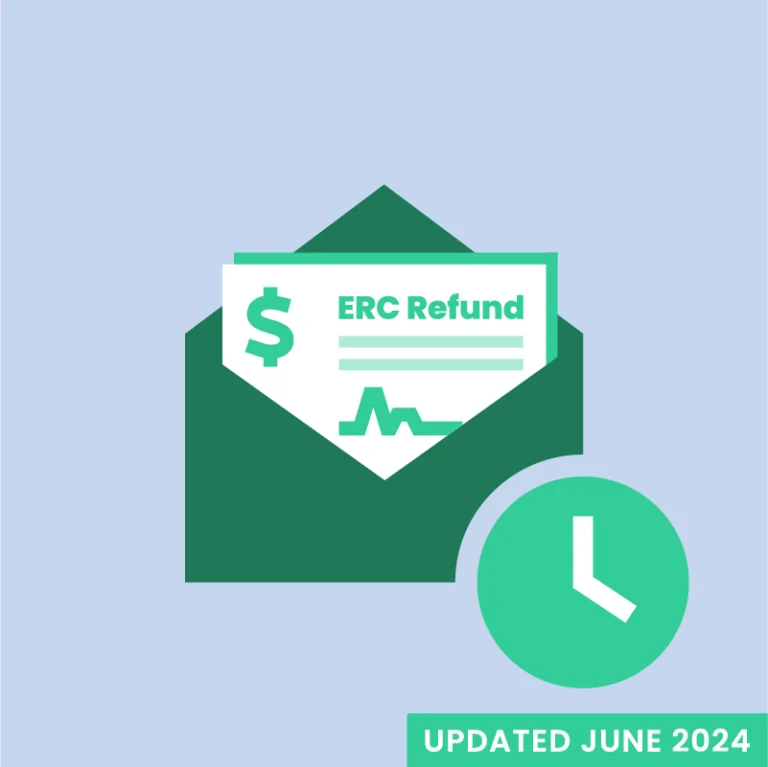The recent emergence of dubious third-party tax advisors for the Employee Retention Credit (ERC), coined “ERC Mills,” has muddled many employers’ understanding of the program’s deadlines. What is most concerning is the number of inaccurate statements being published or advertised. The majority of misstatements are rooted in a common misinterpretation of the IRS’s guidelines for employer quarterly and annual federal tax returns, but there are some that are more predacious like “the ERTC deadline is March 12, 2023.” The IRS touched on this issue in IR-2022-183, published on October 19, 2022.
In this short article, we separate fact from fiction and provide some much-needed clarification for the IRS guidelines pertaining to the ERC’s deadlines.
The Real ERC Deadlines
There are only two dates employers need to know. For all quarters in 2020, the deadline to file an amendment to an employer’s quarterly or annual federal tax return — specifically an IRS Form 941-X (also referred to as an “Adjusted Employer’s Quarterly Federal Tax Return” or “Claim for Refund”), 943-X, or 944-X — is April 15, 2024. For all quarters in 2021, the deadline is April 15, 2025.
Note: Separate amendments need to be filed for every quarter that the ERC is claimed. For example, if an employer qualifies for the ERC in Q4 of 2020, and Q1-Q3 of 2021, they will need to file a separate 941-X for all four quarters.
Cause for Confusion
Page 6 of the IRS’s Instructions for Form 941-X state the following as it pertains to the 941-X deadline:
Generally, you may correct overreported taxes on a previously filed Form 941 if you file Form 941-X within 3 years of the date Form 941 was filed or 2 years from the date you paid the tax reported on Form 941, whichever is later. You may correct underreported taxes on a previously filed Form 941 if you file Form 941-X within 3 years of the date the Form 941 was filed. We call each of these time frames a “period of limitations.” For purposes of the period of limitations, Forms 941 for a calendar year are considered filed on April 15 of the succeeding year if filed before that date.
The last sentence is easy to miss, “for the purposes of the period of limitations, Forms 941 for a calendar year are considered filed on April 15 of the succeeding year if filed before that date.” This instruction is derived from Section 6513(c)(2) of the Internal Revenue Code. In layman’s terms, this instruction means that all quarterly federal tax returns for a given year are treated as if they were filed on April 15 of the following year. So, assuming employers filed their 941’s on or before April 30, July 31, October 31, and December 31 of 2020, all four 941s are treated as if they were filed on April 15, 2021 — setting the period of limitations to April 15, 2024. For 2021, employers’ 941s are treated as if they were filed on April 15, 2022, setting the period of limitations to April 15, 2025.
Note: The IRS’s Instructions for Form 943-X and Instructions for Form 944-X provide the same instructions as Form 941-X so the deadlines do not change. For the period of the ERC program that falls between March 13, 2020, and March 31, 2020, the IRS instructs employers to report any corrections in Q2 of 2020.
Conclusion
The ERC is a tremendous opportunity for those that qualify, but employers should exercise caution when deciding on a tax advisor to consult and file their ERC claim. Keep in mind that the American Rescue Plan Act (ARPA) extended the IRS’s statute of limitations from three years to five years for assessing employers’ ERC claims.
Find Out If You’re Eligible for the ERC
You may be eligible for a payroll tax refund of up to $26,000.00 per employee in 2020 or 2021. This is money you’ve earned, brought to you by the company you trust. Submit an ERC application online to find out if you’re eligible or schedule an ERC consultation to learn more.



